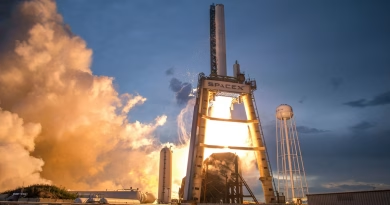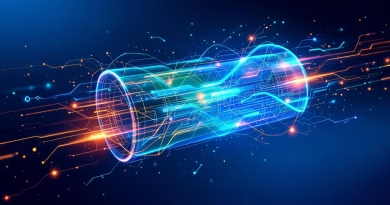The Great PC Slowdown Debate: Is Your Pathetic RAM or Your Ancient Hard Drive the Real Villain?
Your computer feels slow. Agonizingly slow. It takes an eternity to boot up, groans when you try to open a new application, and stutters if you dare to have more than a few browser tabs open. You know you need an upgrade, but your budget only has room for one. This leads every PC owner to the great debate: what’s the real villain slowing you down? Is it your limited amount of RAM, or is it your ancient, spinning-platter hard drive?
Both can cripple your PC’s performance, but they create very different kinds of “slowness.” Understanding the symptoms is the key to identifying your true bottleneck and making the upgrade that will give you the most satisfying speed boost.
The Case Against Your RAM (The “Multitasking” Killer)
What RAM Does: RAM (Random Access Memory) is your computer’s short-term memory. It’s where all your active applications and data are held for quick access. The more RAM you have, the more things you can do at once without your computer slowing to a crawl.
Symptoms of a RAM Bottleneck:
- Multitasking Misery: This is the biggest clue. Your computer might feel fine when you’re just Browse one or two web pages. But as soon as you open multiple apps—like having Chrome, Spotify, and Slack running at the same time—the entire system grinds to a halt. Switching between open windows becomes a stuttering, painful process.
- The “Hitching” Problem: When you run out of physical RAM, your computer is forced to use a part of your hard drive as temporary, much slower “virtual memory.” You’ll notice this as a “hitch” or a “stall”—everything freezes for a second or two when you try to open a new tab or app while others are running.
- Apps Become Unresponsive: You’ll frequently see the “(Not Responding)” message in your application windows, especially in RAM-hungry programs like web browsers or creative software.
If this sounds like your daily struggle, your PC is gasping for more RAM. For most users in 2025, 16GB is the comfortable minimum.
The Case Against Your Hard Drive (The “Loading” Killer)
What Your Drive Does: Your storage drive (HDD or SSD) is your computer’s long-term memory. It’s where your operating system, all your programs, and all your files are permanently stored. Its speed determines how quickly your PC can boot up and load those programs into RAM.
Symptoms of a Hard Drive Bottleneck:
- Agonizing Boot Times: If your PC still uses a traditional mechanical Hard Disk Drive (HDD), this is your primary problem. Does it take several minutes for your computer to go from off to a usable desktop? That’s your HDD.
- Excruciating Load Times: When you click on an application icon, does it take 10, 20, or even 30 seconds for the program to actually open? Are you staring at loading screens in games for ages? That’s your storage drive struggling to read the data.
- Slow File Transfers: Copying or moving large files on your computer feels like it takes a lifetime. A task that should take seconds stretches into minutes.
- General Sluggishness: Even simple actions like opening the Start Menu or searching for a file feel laggy and unresponsive.
If this describes your experience, your hard drive is the anchor weighing down your entire system.
The Verdict: Which Upgrade Should You Choose?
Here’s the simple diagnostic:
- If your computer is okay at first but gets slow and unresponsive when you have many things open, you have a RAM problem.
- If your computer is slow all the time, from the moment you turn it on to opening a single application, you have a storage problem.
For the vast majority of older computers still running a mechanical hard drive, the single most impactful and night-and-day upgrade you can make is switching to a Solid-State Drive (SSD). The improvement to boot times, loading times, and overall system responsiveness is staggering. Once you have an SSD, if you still experience slowdowns when multitasking, then you should add more RAM.
Don’t let your old PC languish. By correctly identifying the real villain, you can make a single, affordable upgrade that will make your computer feel new again.




